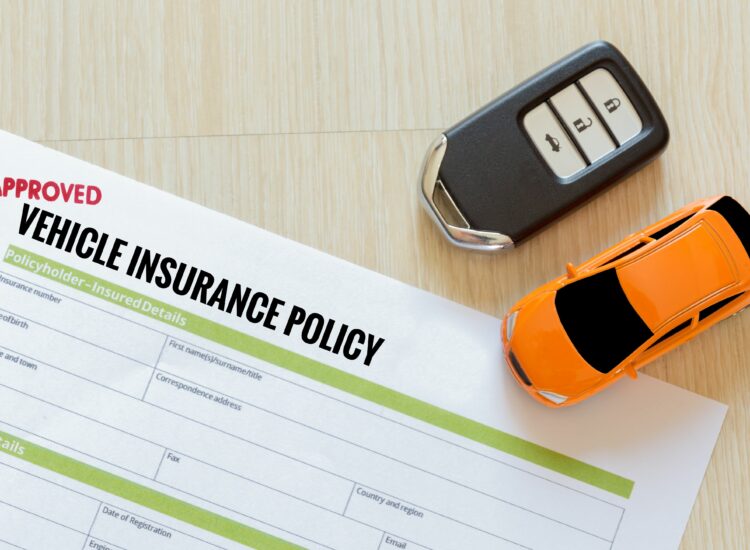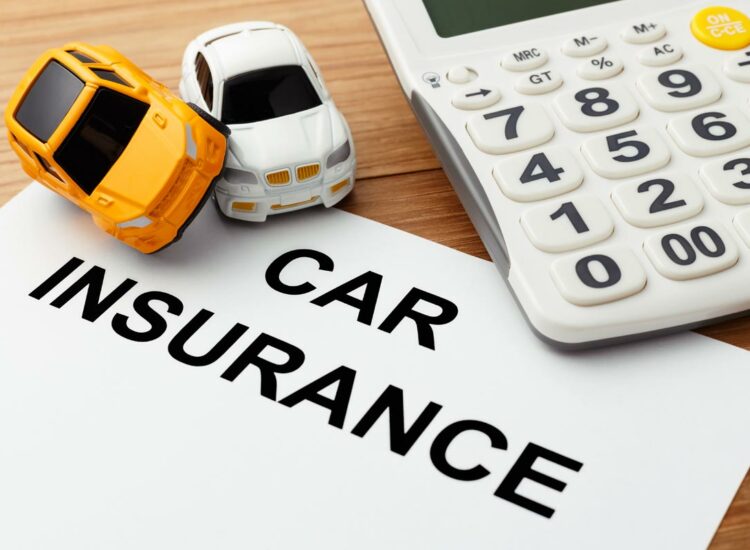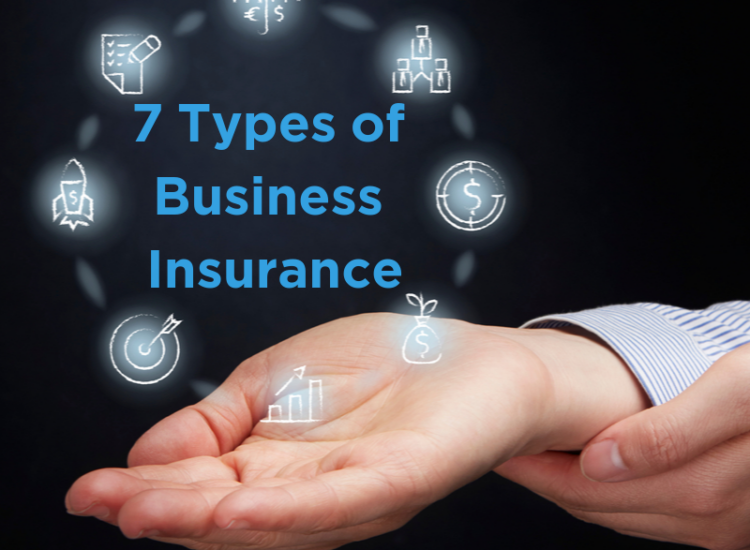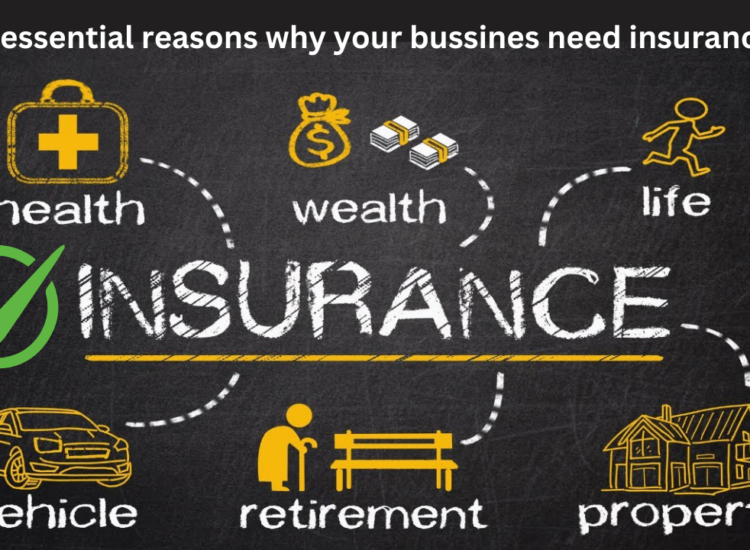Auto Insurance Explained: How to Stay Safe and Save Money
Owning and operating a vehicle brings a sense of freedom and convenience, but it also comes with inherent risks. Accidents, theft, and unforeseen events can lead to significant financial burdens for drivers. This is where auto insurance steps in, acting as a crucial safety net that protects your finances and provides peace of mind on the road. Whether you’re a seasoned driver or a new car owner, understanding the intricacies of auto insurance is essential. This comprehensive guide will delve deep into the world of auto insurance, exploring its fundamental aspects, the various coverage options available, and the key factors that determine your premium. By the end of this article, you’ll have a solid understanding of how auto insurance works and how to choose the right policy for your needs.
Toc

Understanding the Basics of Auto Insurance
Auto insurance is more than just a legal requirement in most jurisdictions; it’s a fundamental aspect of responsible vehicle ownership. It’s a contract between you (the policyholder) and an insurance company, where you pay a regular premium in exchange for financial protection against specific losses related to your vehicle. These losses can arise from a multitude of situations, including accidents, property damage, bodily injury, theft, and even certain natural disasters.
What Exactly is Auto Insurance and Why Do You Need It?
At its core, auto insurance serves as a financial safeguard. Imagine being involved in a car accident where you are found at fault. Without insurance, you would be personally liable for the costs of repairing the other driver’s vehicle, as well as any medical expenses they incur due to injuries. These costs can quickly escalate into tens or even hundreds of thousands of dollars, potentially leading to severe financial hardship or even bankruptcy. Auto insurance helps mitigate these risks by covering these costs up to the limits of your policy.
Furthermore, auto insurance isn’t just about protecting others. Many coverage options are designed to protect you and your vehicle as well. Whether your car is damaged in a collision, stolen from your driveway, or affected by a hailstorm, certain types of auto insurance can help cover the costs of repair or replacement. In essence, auto insurance provides a crucial layer of financial security, ensuring that a single unfortunate incident doesn’t derail your financial stability. Beyond the financial protection, carrying auto insurance fulfills a legal obligation in most states, allowing you to drive legally and avoid potential fines or license suspension.
Exploring the Core Principles Behind Auto Insurance
The foundation of auto insurance, like all forms of insurance, lies in the principle of risk pooling. Insurance companies collect premiums from a large number of policyholders, creating a pool of funds. This pool is then used to pay out claims to those who experience covered losses. By distributing the financial burden of potential losses across a large group, insurance makes these unexpected expenses more manageable for individuals.
Another key principle is indemnification, which aims to restore the policyholder to the same financial position they were in before the loss occurred. This means that auto insurance is not designed to allow you to profit from a loss, but rather to help you recover financially from it. The specifics of how indemnification is applied depend on the type of coverage and the terms of your policy.
Furthermore, the concept of insurable interest is fundamental. This means that you can only insure something in which you have a financial interest. In the context of auto insurance, this typically means the vehicle you own or regularly drive. This principle prevents individuals from taking out insurance policies on property they don’t have a legitimate stake in. Understanding these core principles helps to appreciate the underlying mechanics and purpose of auto insurance.
The world of auto insurance can seem complex due to the variety of coverage options available. Each type of coverage is designed to protect against specific risks. Understanding these distinctions is crucial for building an auto insurance policy that adequately meets your individual needs and provides comprehensive protection.

1. https://nordics.vn/car/mmoga-slash-your-car-insurance-costs-the-ultimate-savings-guide/
2. https://nordics.vn/car/mmoga-how-to-find-the-best-auto-insurance-quote-and-save-big/
3. https://nordics.vn/car/mmoga-navigating-the-complex-world-of-insurance-companies-and-auto-insurance/
Essential Coverage: Liability, Collision, and Comprehensive
At the foundation of most auto insurance policies are three key coverage types: liability, collision, and comprehensive. Liability coverage is the cornerstone, and it’s mandated by law in nearly every state. This coverage protects you if you are found legally responsible for causing bodily injury or property damage to others in an accident. It typically includes two components: bodily injury liability, which helps cover the medical expenses, lost wages, and pain and suffering of injured parties, and property damage liability, which covers the costs of repairing or replacing damaged property, such as another vehicle or a fence. The limits of your liability coverage are usually expressed as three numbers, such as 25/50/25, representing the maximum payout in thousands of dollars per person for bodily injury, the maximum total payout for all bodily injuries in a single accident, and the maximum payout for property damage in a single accident.
Collision coverage steps in to protect your own vehicle in the event of a collision with another vehicle or object, regardless of who was at fault. This coverage is particularly important if you have a newer or more valuable vehicle. Collision coverage typically has a deductible, which is the amount you pay out-of-pocket before the insurance company covers the remaining repair costs.
Comprehensive coverage, often referred to as “other than collision” coverage, provides protection for your vehicle against a wide range of perils that are not related to collisions. These can include theft, vandalism, fire, natural disasters such as hail, floods, or windstorms, and damage caused by animals. Like collision coverage, comprehensive coverage usually involves a deductible. Deciding on the appropriate deductibles for collision and comprehensive coverage involves balancing the desire for lower out-of-pocket costs with the potential for higher premiums.
Additional Layers of Protection: Uninsured Motorist, PIP, and More
Beyond the essential coverages, several other options provide crucial layers of protection. Uninsured motorist (UM) coverage and underinsured motorist (UIM) coverage are designed to protect you if you are involved in an accident with a driver who either doesn’t have any insurance or doesn’t have enough insurance to cover your damages. UM coverage typically helps pay for your medical expenses and, in some cases, property damage. UIM coverage kicks in when the at-fault driver’s insurance limits are insufficient to cover your total losses.
Personal injury protection (PIP) coverage, available in some states, provides no-fault coverage for your medical expenses, lost wages, and other related costs if you or your passengers are injured in an accident, regardless of who was at fault. This coverage can be particularly beneficial as it can help you get the medical treatment you need quickly without having to wait for fault to be determined.
Medical payments (MedPay) coverage is another option for covering medical expenses resulting from an auto accident. While similar to PIP, MedPay typically has lower coverage limits and may not cover lost wages. However, it can still provide valuable financial assistance for medical bills.
Understanding Optional Auto Insurance Coverages
In addition to the core and supplemental coverages, several optional coverages can provide further peace of mind and financial security. Rental reimbursement coverage helps pay for the cost of renting a car while your vehicle is being repaired after a covered loss. This can be a valuable option if you rely heavily on your vehicle for daily activities.
Roadside assistance coverage provides assistance if your vehicle breaks down or you experience common roadside emergencies such as needing a tow, a jump-start, a tire change, or if you get locked out of your car. This coverage can save you time, money, and hassle in unexpected situations.
Gap insurance, short for Guaranteed Asset Protection insurance, is particularly important for those who financed their vehicle. If your car is totaled or stolen, standard auto insurance will typically only pay the current market value of the vehicle, which may be less than what you still owe on your loan. Gap insurance helps cover this “gap,” preventing you from being stuck paying off a loan for a car you no longer have.
Finally, new car replacement coverage is often available for owners of brand-new vehicles. If your new car is totaled within a certain period (e.g., the first year or two), this coverage will pay to replace it with a brand-new car of the same make and model, rather than just the depreciated value. Carefully considering these various types of auto insurance coverage will enable you to tailor a policy that provides the protection you need and fits your budget.
Decoding the Factors that Influence Your Auto Insurance Premiums
The cost of your auto insurance premium is not a fixed number. Insurance companies utilize complex algorithms that consider a wide array of factors to assess the level of risk associated with insuring a particular driver and vehicle. Understanding these factors can help you anticipate potential costs and even take steps to potentially lower your premium.
The Impact of Driver-Related Factors on Insurance Costs
Several characteristics and your driving history play a significant role in determining your auto insurance rates. Your driving record is perhaps the most influential factor. A history of accidents, traffic violations (such as speeding tickets), and driving under the influence (DUI) convictions signals a higher risk to insurers, leading to significantly higher premiums. Conversely, maintaining a clean driving record often qualifies you for discounts and lower rates.
1. https://nordics.vn/car/mmoga-how-to-find-the-best-auto-insurance-quote-and-save-big/
3. https://nordics.vn/car/mmoga-navigating-the-complex-world-of-insurance-companies-and-auto-insurance/
Your age is another key determinant. Generally, younger drivers, particularly those below the age of 25, are statistically more likely to be involved in accidents due to a lack of driving experience. As a result, they typically face higher premiums. Similarly, older drivers, especially those over the age of 65, may also see higher rates due to potential age-related physical and cognitive changes.
In many states, your credit score can also impact your auto insurance premium. Insurers have found a correlation between creditworthiness and the likelihood of filing claims. Drivers with lower credit scores are often seen as higher risk and may pay more for coverage.
Your marital status and gender, while sometimes debated, are also factors that can statistically influence premiums in certain demographics. Studies have shown that married individuals and women may, on average, have lower accident rates in some age groups, which can translate to slightly lower premiums. Your occupation can also play a minor role in some cases, particularly if your job involves significant driving.
How Vehicle and Location Affect Auto Insurance Rates
Beyond driver-related factors, the specifics of your vehicle and where you live are significant contributors to your auto insurance costs. The make and model of your car are crucial. Vehicles that are more expensive to repair or replace, have high theft rates, or have poor safety ratings tend to have higher insurance premiums. Conversely, cars with robust safety features and lower repair costs may qualify for discounts.
The age of your vehicle also matters. Newer vehicles typically have higher market values and more expensive parts, leading to higher collision and comprehensive coverage costs. Older vehicles with lower market values may result in lower premiums for these optional coverages.
Where you live, or your location, has a substantial impact on your auto insurance rates. Urban areas with higher population density, heavier traffic congestion, and increased rates of accidents and theft generally have higher premiums compared to more rural areas. Even within the same city, different neighborhoods can have varying insurance costs due to factors like crime rates and traffic patterns.
Your annual mileage and how you use your vehicle (e.g., for commuting, personal use, or business) can also influence your premium. Drivers who drive fewer miles per year are often seen as lower risk and may be eligible for lower rates. Using your vehicle for commercial purposes may result in higher premiums due to increased exposure to risk.
Other Key Determinants of Your Auto Insurance Premium
Several other factors, often within your control, can affect your auto insurance premium. The coverage limits and deductibles you choose have a direct impact on your premium. Opting for higher liability coverage limits or lower deductibles for collision and comprehensive coverage will generally result in a higher premium, as you are transferring more of the financial risk to the insurance company. Conversely, choosing lower coverage limits (while still meeting legal requirements) or higher deductibles will typically lower your premium, but it also means you will have to pay more out-of-pocket in the event of a claim.
Your insurance history, including any previous claims you have filed, can also affect your rates. Insurers often view drivers with a history of claims as being at higher risk of future claims. Finally, the insurance company you choose plays a role. Different insurers have their own underwriting guidelines and pricing models, leading to variations in premiums for similar coverage. This is why it’s always recommended to shop around and compare quotes from multiple insurance providers to find the best rate for the coverage you need. Understanding all these factors allows you to make informed decisions about your auto insurance policy and potentially identify ways to save money on your premiums.
















